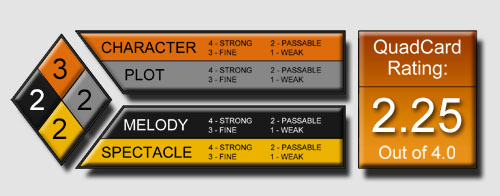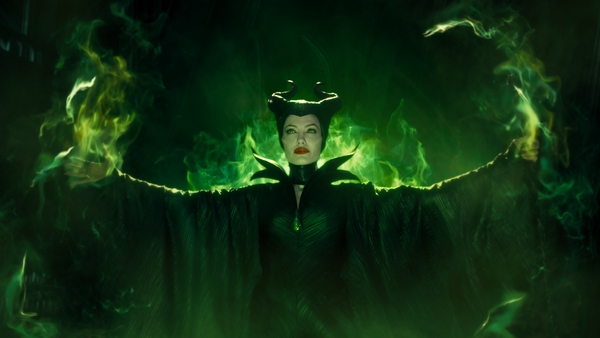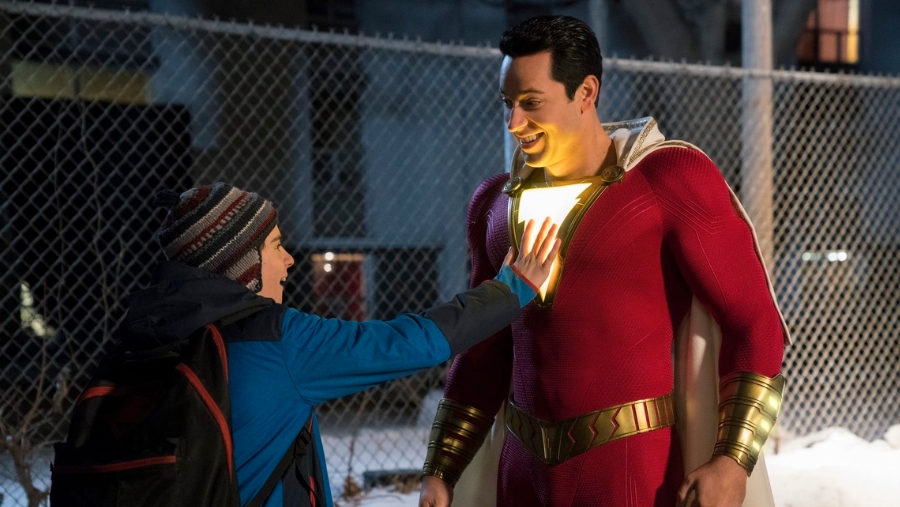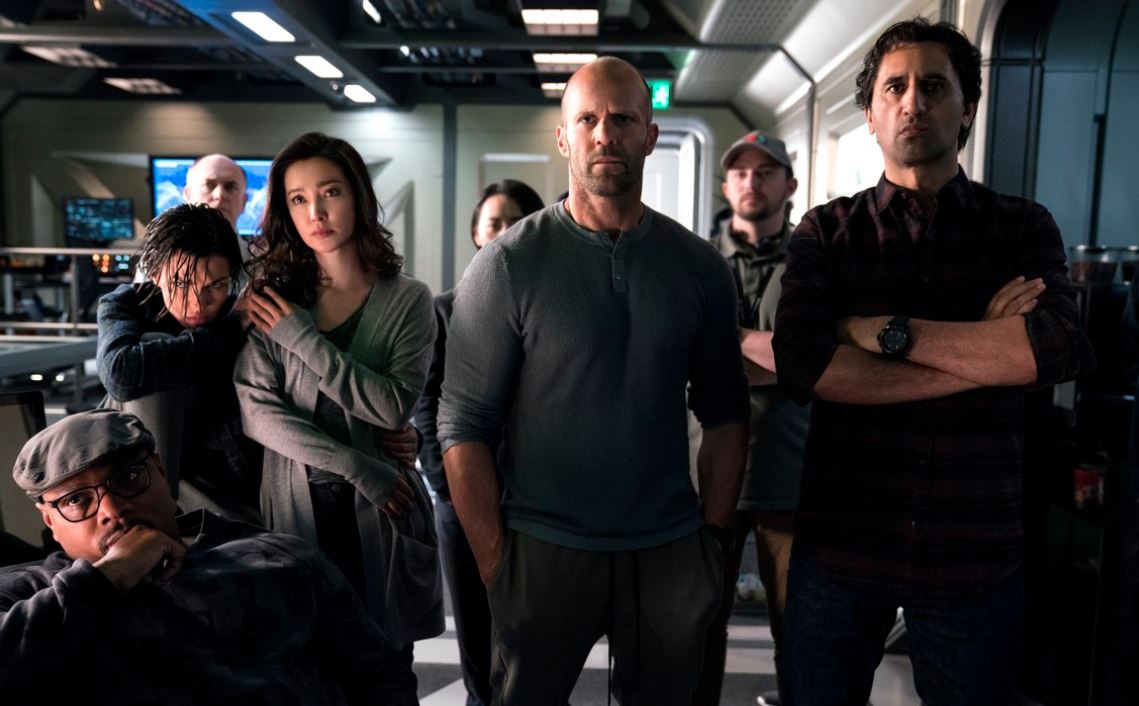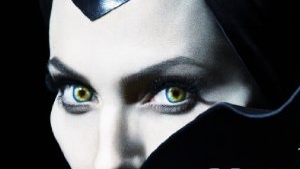 Forget all you know, or think you know. That’s what Disney’s Maleficent asks of the audience right up front. Messing with a classic story takes ambition that’s for sure, especially when the studio in question doesn’t have great track record of as of late updating/reinventing popular stories or ones from their own catalog. From the first frame Robert Stromberg’s film struggles to do two things: reinterpret a well-known tale in a way that will engage new audiences, and then keep it interesting enough to make their version worth anything. Now Disney is known for re-branding popular stories as most of their landmark animated films are in fact adaptations and interpretations. Taking inspiration from the narrative liberties in ABC has successfully made in Once Upon A Time the current management of the mouse house set to make revisions when, where, and however they see fit.
Forget all you know, or think you know. That’s what Disney’s Maleficent asks of the audience right up front. Messing with a classic story takes ambition that’s for sure, especially when the studio in question doesn’t have great track record of as of late updating/reinventing popular stories or ones from their own catalog. From the first frame Robert Stromberg’s film struggles to do two things: reinterpret a well-known tale in a way that will engage new audiences, and then keep it interesting enough to make their version worth anything. Now Disney is known for re-branding popular stories as most of their landmark animated films are in fact adaptations and interpretations. Taking inspiration from the narrative liberties in ABC has successfully made in Once Upon A Time the current management of the mouse house set to make revisions when, where, and however they see fit.
Again, not a problem as long it’s done effectively. As the film opens Stromberg makes it quite clear that this is not going to be the version of Sleeping Beauty you grew up with. Maleficent offers more than a few surprises making it better than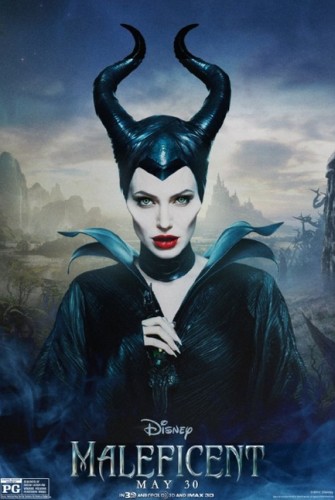 most of the modern fairy tales we’ve seen in the past few years. In short, this is a much better product then Disney’s Oz the Great and Powerful, and a far more interesting story than the snore-inducing Snow White and the Huntsman. Admittedly though, this was always going to be a tough sell, even with the Jolie as the titular dark fairy. That said, seemingly born to play the part, she takes and owns this movie. However, effective cosplay does not a great movie make and unfortunately it takes nearly an hour before things really start moving.
most of the modern fairy tales we’ve seen in the past few years. In short, this is a much better product then Disney’s Oz the Great and Powerful, and a far more interesting story than the snore-inducing Snow White and the Huntsman. Admittedly though, this was always going to be a tough sell, even with the Jolie as the titular dark fairy. That said, seemingly born to play the part, she takes and owns this movie. However, effective cosplay does not a great movie make and unfortunately it takes nearly an hour before things really start moving.
Like a child vying for your attention, claiming that he or she can, let’s say, juggle, the film drops balls left and right until finally, after about hour, they get the hang of it – but it’s still not clear if it is the passion or talent of Stromberg and company that more or less wins us over. Many elements do work in Maleficent and make this outing quite fun but they’re continually overshadowed by the heavy use of CG. There are sparks of really great storytelling, especially the new twist the production team gives the story. It’s compelling but sorely underplayed until the 3rd act and some can claim that it takes time develop the dynamic between Maleficent and Aurora. No arguments there, but there’s a reason that the classic cartoon was 75 minutes – brevity is the soul of wit as they say.
For what it’s about, this story is just a tad too long which makes the boring bits and unappealing characters that much more insufferable. Elements of the classic story, like Aurora’s three good fairy godmothers are the worst offenders. They are an unavoidable component of the animated film, though here they are seemingly unnecessary and, worse, take on a very Hocus Pocus feel (remember that movie?). When they mysteriously disappear for much of Aurora’s upbringing, and we get to enjoy more of Jolie’s delicious smugness, you probably won’t question where they went. Instead you’ll be thankful you don’t have to put up with their antics (or the king’s laughably bizarre accent).
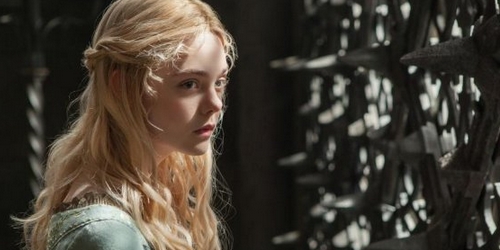
Story aside, one element that should have considered longer in the filmmaking process (and ultimately its exhibition) is 3D for its use to enhance the film not box office numbers. Here, with so many dark settings, 3D is not necessary in the least. Insult to injury it also causes an unfortunate dulling of the rather impressive, albeit childish looking, landscape of Maleficent’s part of the countryside – The Moors. The computerized landscape tries to go for an Avatar feel, replete with some well-intentioned but rather bland flying scenes (again the 3D glasses might be to blame), but it comes across as cheap. In fact it’s not until the young Maleficent is presented wearing practical horns and wings that things actually take on a true “fantasy” quality. Imagine that, tons of hours and dollars spent fleshing out all the CG and the most believable thing is Maleficent’s horned headdress? But you can’t fault it because it does help other elements in the story, it’s just too much right off the bat. The studio wants to go for a wild effects laden adventure, with whimsy and fancy around every turn, but it distracts from the heart of the story, especially when little of the story takes place in The Moors.
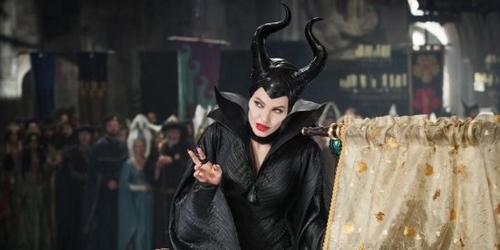
It’s fair to say this whole affair is aimed at a younger generation but as the studio seeks to gain new audience it doesn’t pay to pander to such a small section of the crowd. There is a tangible emotional connection between Aurora (Elle Fanning) and Maleficent and that’s what really helps sell this version of the story. All in all, it ends well and there is a reason for this to exist, it’s just a pain it’s only pulled together in the last 15 minutes. Finally, this might not be the right time of year to release the film as it doesn’t seem like it will stack up well against the upcoming Summer tent-pole releases. If this was released around Christmas, Maleficent could do fantastically well, but alas it is yet another oversight in this entire production.
G-S-T RULING:
It may sound like this review is all negative but there are just more creative and narrative hiccups and eyesores that might keep audiences from investing in the events on screen. Seems to be the case with a lot of films these days – masking story problems with effects. That’s probably attributed to Robert Stromberg and his vast experience in the FX industry. And when you look at his production design credits (Avatar, Alice In Wonderland and Oz the Great and Powerful) it all makes perfect sense why this, like the other films he’s been part of, (or other first time directors like Kosinski with Tron: Legacy) are simply style of over substance. They look great and granted he’s an Oscar-winner, but he’s just not a director. You certainly have to give him some praise for getting anything good out of this but it should have been way more enjoyable.
